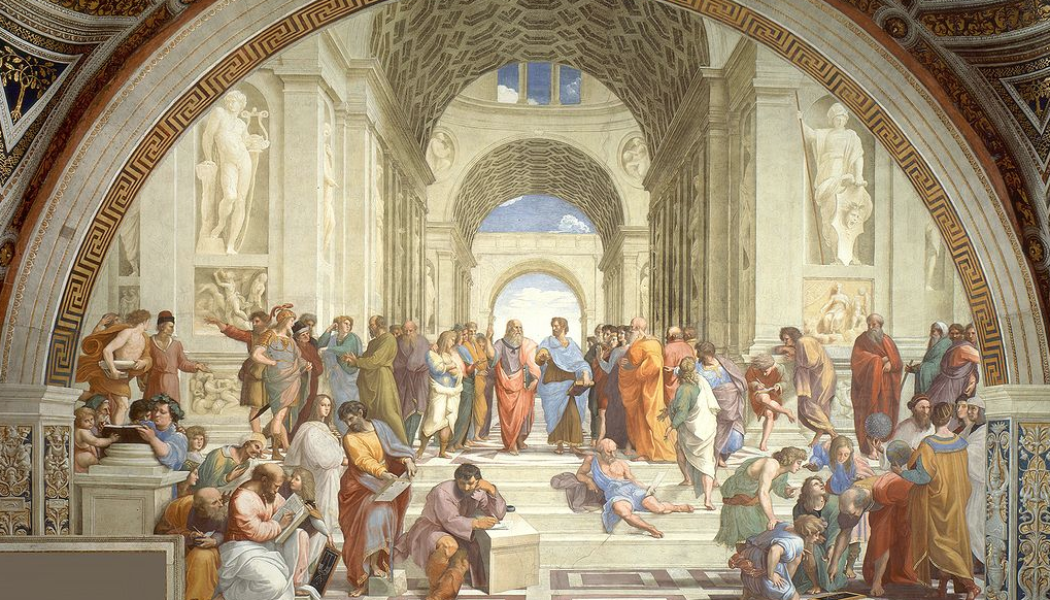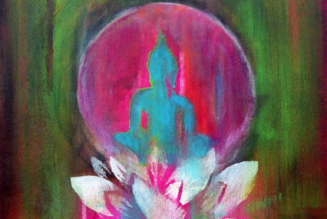“Westerners live freely and think in structured ways,
while Easterners think freely and live in structured ways”
– Pandit Rajmani Tigunait, Seven Systems of Indian Philosophy [1]
The modern Western model of education generally favors compartmentalized knowledge. After all, Spanish 101 is different from History 202, and what does allopathy have to do with homeopathy? While true from a certain viewpoint, this mindset ignores that the person studying them is the same, and that these subjects have to be assimilated into one consciousness.
In many traditions with an unbroken link to the past, the person is the subject, and various disciplines, like ingredients in a stew, are introduced into their consciousness at appropriate times, slowly stirred in to make sure everything is well assimilated. A little Spanish, a little History, and the right digestive agents to allow these to get along and become part of the whole enchilada that is a living, breathing person.
Jyotisha, Vastu and Ayurveda ~ Rays Of The Same Light:
So, what does this have to do with Jyotisha, Vastu and Ayurveda? Take the principle of the brahmasthana – probably the most important concept in Vastu Shastra- which says that one should keep the center of any lot, structure, or room empty in order to invite love, health, prosperity and divine inspiration. Brahma sthana literally means ‘the seat of God’- and is set up to honor the divine by keeping its space clutter free. This also works for paintings and photographs, where the center is reserved for nature, or a particularly important theme. Take this painting by Raphael, in which the artist places Plato and Aristotle in the exact center of his composition, with space and the heavens behind them, to emphasize his veneration for these two philosophical giants.
The Brahmasthana Principle Within:
This is an example of Vastu applied to art and design. Ayurveda extends the brahmasthana principle to the human body, asserting that we must keep our own centers empty in order to invite the divine to sit in us. Human beings also come with a brahmasthana— our GI tracts – and this is marked externally by the depression of the belly button. When our center is clean and uncluttered, the rest of the body obtains “prosperity” in the form of health and longevity. This occurs by allowing at least 4-6 hours between meals without snacking, and by periodic fasting. Yoga philosophy states that “yoga is the cessation of the fluctuations of the mind-stuff.” It is impossible to curb these fluctuations when our stomachs are full. Vaghbhata says of samana vayu:
annam gṛhṇati pacati, vivecayati muñcati – Ashtanga Hridayam ch.13 verse 8
“it grabs on to food, cooks it,churns and
separates the essence, and releases the rest”
Our digestive organs, including the villi and microvilli in our intestines, work in a wavelike manner to process and push food through the system. These waves are called vrittis in Sanskrit, and the cessation of all vrittis is the purported goal of yoga. As a result, yogis routinely fast to achieve this goal, and fasting is a staple of practically every religion on the planet. Jesus fasted, Buddha fasted, Mohammed fasted, Moses fasted. Fasting is a core religious ritual because it brings us closer to God—our own brahmasthana, or sacred space. Even the wise Benjamin Franklin said, “The best of all medicines is resting and fasting.” Keep your space uncluttered and its center empty, and you will invite God into your body and home.
But Wait, There’s More…
Another point where Vastu and Ayurveda intersect is their attitude towards water. Vastu says that water should primarily be to the east of a property. The word for east in Sanskrit is purva- which also means before. Ayurveda has a similar attitude, and recommends drinking water before meals rather than after, in order to boost digestion. Studies show that water before meals kindles agni by buffering the stomach (kledaka kapha) which in turn signals the body to produce more HCL (pacaka pitta) and together this results in increased jathara agni. Too much water after meals, however, has the opposite effect. Read more about water tips and tricks and the studies that show how they work here.
Finally, consider Jyotisha and its relationship to the brahmasthana, which in astronomy and astrology is the pole star. Some of our most primal symbols, like the cross, the scepter, and the svastika are astronomical metaphors – representations of cosmic events in objects and symbols. A combined snapshot of the constellation sapta rishi (the seven rishis – Ursa Major) during the vernal equinox, summer solstice, autumnal equinox and winter solstice would show you something that looks very much like a swastika. In ancient Greek, the pole star was called Omphaloessa, from omphalos, “the center of things,” which in later Latin was translated as umbilicus- the navel of the world. Says Bernadette Brady in Brady’s Book of Fixed Stars:
“The pole was the Earth’s umbilical cord and all power,
all strength,and all divinity came from this point.”[2]
Vedic tradition says we can access this divine force by honoring the navel of our bodies, homes, and outer environment, which we do by keeping them clean and limpid and allowing the divine to work through us. Next time you’re tempted to see Yoga and Ayurveda, or Vastu and Jyotisha as separate, think of this: when you look at a burrito do you see flour, beans, and tomatoes, or do you see lunch? These disciplines are ingredients in a Vedic tradition designed to help us live completely by fulfilling dharma at every point- the physical level with Ayurveda, the environmental level with Vastu, the social level with the dharma types, the spiritual level with Yoga, and at the cosmic level with Jyotisha. To master one, is to master all; to master one, is to master yourself.
Hari Om
[1] Seven Systems of Indian Philosophy. Pandit Rajmani Tigunait, Ph.D. Himalayan Institute Press. 1983
[2] Brady’s Book of Fixed Stars, Bernadette Brady, Samuel Weiser, Inc, 1998




![Female Health: Amenorrhea [cessation of menses] – An Ayurvedic Perspective](https://healthyayurveda.com/wp-content/uploads/2015/07/1.-Amenorhea--327x219.png)




